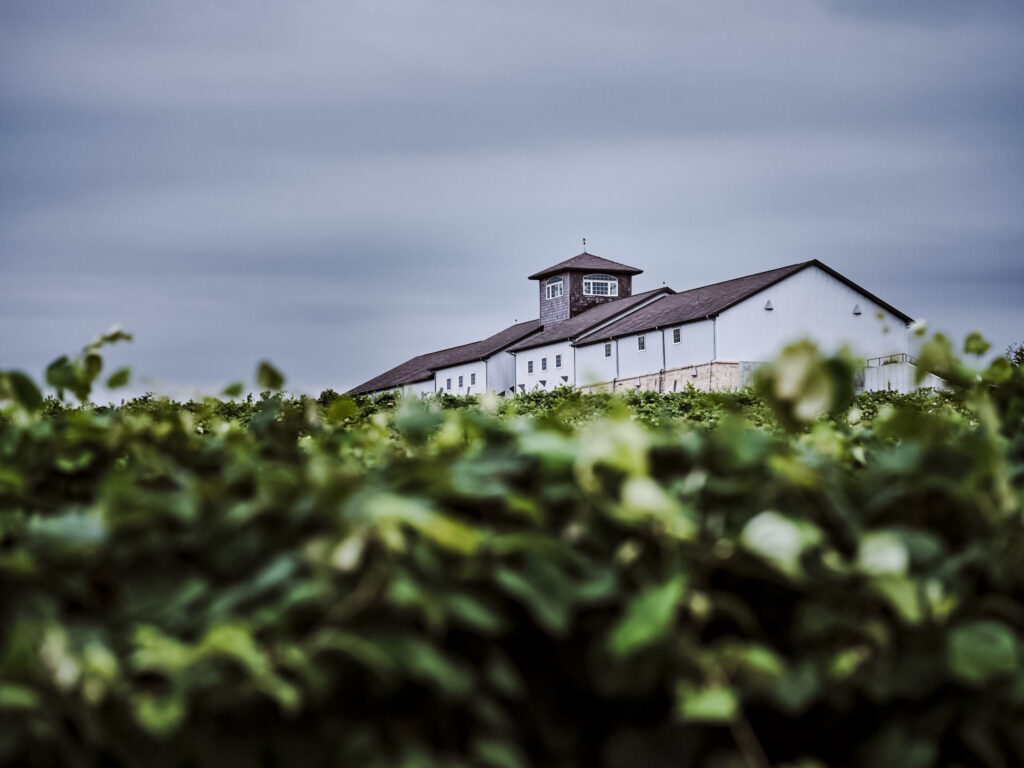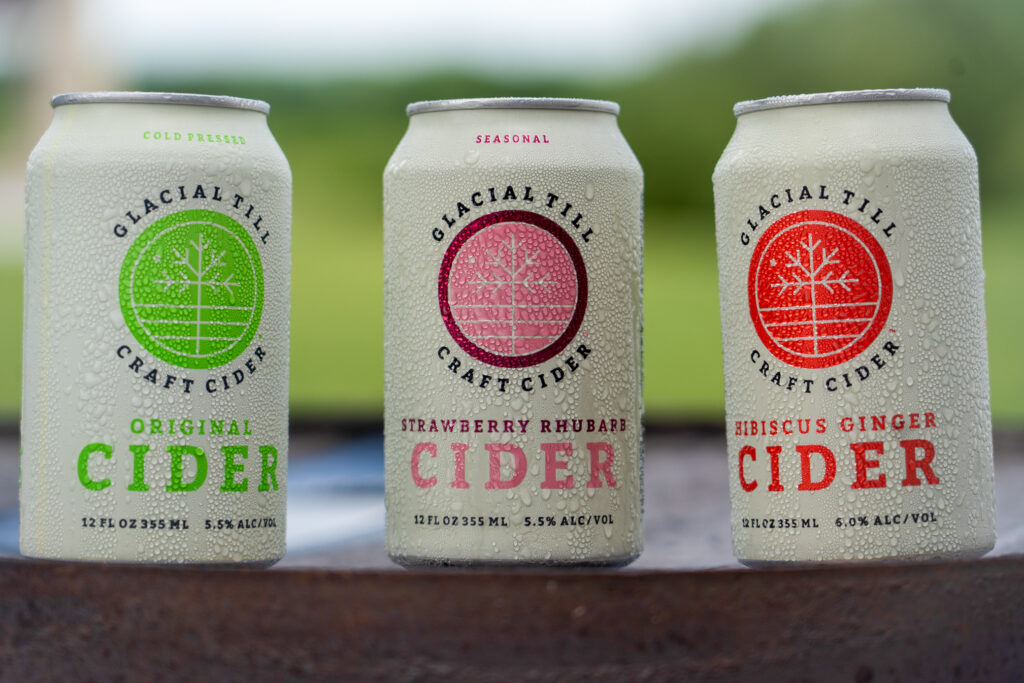Midwest wineries are not for the weak. Mike Murman learned that firsthand after starting his own. Located in Palmyra, Nebraska, Murman has been running Glacial Till Vineyard for the past 17 years.
Before having kids, Murman made wine and beer for fun, but put it on hold when he and his wife started a family. In the early 2000s, Mike took up the hobby again and joined the Nebraska Grape Growers Association. After learning more about wine and the process of making it, Glacial Till Vineyard was born.
But now, nearly two decades in, Murman and his team are learned how to continue to grow their business while learning to adapt to the very real impact of climate change on Midwest wine.
Building And Growing
It all started with an empty 80-acre piece of land. At the time, Murman’s three sons were old enough to help build the vineyard. They planted the vines and built the trellises, a framework made out of wood to support the growing of the grapes. That’s when Murman started making his own homemade wine from the vineyard. For a couple years, he just sold the wine to friends and family, but soon his momentum turned into a commercial business in 2006.
By the time Glacial Till Vineyard was in full operation, Murman’s sons were graduating college and showing an interest in becoming part of the family business. His oldest is now the manager and winemaker while Murman’s second is in charge of the business side with the sales, distribution and finance team. Finally, Murman’s youngest took his skills to the marketing and social media department of the business.

Growing grapes in the Midwest is not easy and nowhere near similar to California and other states more well known for their vineyards; however, that doesn’t mean the Midwest hasn’t been partaking in the winery industry. Nebraska, specifically, was growing grapes over a hundred years ago. In the late 1800s, the wine and grape-growing industry grew and many wineries and vineyards took off in the southeast part of the state. All that said, there is more to growing grapes than just the location of the vineyard.
“Here at Glacial Till we have a saying ‘crafting quality wine from the ground up,’” Murman explained. “What we mean by that is you need to take into account the soil, the water and the microclimate of the area – otherwise known as terroir, as the French would say – and then you need to select grapes that are well suited for growing in this kind of climate.”
Due to the climate and type of soil in Nebraska, Glacial Till grows cold climate grapes, a variety that can grow and survive during the long, cold winter months. An example of these are the Edelweiss grapes that the vineyard uses to make a semi-sweet to sweet white wine. With being a vineyard that focuses on growing cold climate grapes, each year is unpredictable for Glacial Till with not knowing if their grapes will grow successfully or not due to the climate change.

Adapt And Overcome
Over the past few years, climate change has created increasingly unpredictable weather in the Midwest. Winters hit harder – there are more frequent polar vortexes, or cold winds reaching down from the North Pole.
In the Eater article “Grape Expectations,” writer Paola-Rosa Aquino discusses the 2014-2015 polar vortex that decimated over half of Midwest vineyards. The Midwest winery industry’s response to these changes was to start planting hybrids developed to thrive in cold-climate regions as the climate continues to get warmer.
Just like the other Midwest wineries, Glacial Till Vineyard struggles in unpredictable weather. If temperatures reach below freezing, the grapes freeze and die. Murman mentioned the winter storms are more violent, causing the weather changes to be more extreme. He says that most winter days on Glacial Till Vineyard are mild, meaning that the temperature is around 30 to 40 degrees, but the days where it is cold the temperatures drop to -10 to -20 degrees.
The change in climate caused Murman and his boys to look into other ways of keeping the business open. They started making and selling cider in 2014, which adds some stability because Glacial Till isn’t actually growing the apples – they get them through a distributor. This allows them to focus on making the cider with confidence that they will have a product to sell no matter the weather.
The family also expanded the vineyard and opened an events center that people can rent out along with a retail store called The Cider House in Omaha, allowing for tastings of wine and ciders. They even started Fermented Fridays, which are held every Friday from April to November. People come out to the vineyard, have a drink, get food from local food trucks and listen to local musicians. They also feature a different craft brewery each week. Glacial Till is doing more than selling their wine. They are promoting local businesses and sharing their love for the community.
Glacial Till Vineyard is no longer just a winery – and Murman and his sons plan to continue to grow the business. Not bad for something that was once a hobby.



Leave a Reply